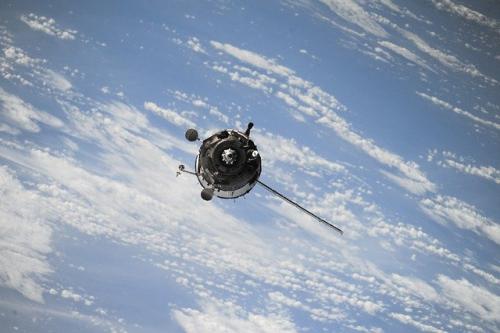Small Launch Vehicle (SLV): Market Share Analysis and Competitive Benchmarking

The global space economy has been growing at a rapid pace, owing to the increasing requirement of satellite and small launch vehicle (SLV) services across different end users, such as defense, academic, commercial, government, and non-profit organization. The sector has been undergoing numerous developments since the past years, due to several factors, including the increasing cost-effectiveness of various systems and the emergence of different technologies, such as 3D printed electronic components and structures, air breathing propulsion systems, electronic propulsion systems, and reusable launch vehicles. The business across the value chain of the space sector, from manufacturing to services, is majorly dominated by the government sector; however, the contribution of private key players is growing, as the usage of satellites has been exponentially increasing in defense, academic, as well as commercial sectors.
Moreover, increasing applications of space technologies, such as surveillance for the military sector, and real-time imaging requirements by different sectors, are also leading to the evolution of the space industry. In order to cater to the aforementioned applications, the demand for a significant number of small satellites and cost-effective launch vehicle solutions increases every year. More than 4,500 satellites (wet mass less than 500 kg for each satellite), including nano, micro, and pico are expected to be launched over the course of the next ten years. With this tremendous change happening in the industry, the focus of launch vehicle manufacturers has changed drastically from heavy and large satellite launch vehicle to small satellite launchers at affordable cost.
With the increase in the capabilities of small launch vehicles (SLVs), the space industry is increasing its strategic utility, thus motivating various stakeholders, including governments, space agencies, and private companies, to develop next generation (SLVs). For instance, ISRO has announced the launch of Small Satellite Launch Vehicle (SSLV), which will be capable of lifting 700 kg of payload, by end of 2020. Moreover, Defense Advanced Research Projects Agency (DARPA) is promoting the development of SLVs to cater to the increasing requirement of SLVs to access space.
The SLV market is at a cusp of technological changes, as the adoption of additive manufacturing (AM) in the space industry is increasing. AM has the ability to manufacture hollow complex parts, which, in turn, leads to a reduction in the overall weight of the component and cost of vehicle. However, there will be a tremendous increase in the launch vehicle scheduling, especially by small satellite constellation developers, which were earlier dependent on large satellite launch providers to send their small satellites as secondary payload. Small launch vehicles provide dedicated launch services and are, therefore, expected to add exponential value to the overall launch industry.
Obtain the Sample Report at: https://bisresearch.com/requestsample?id=912&type=download
The global small launch vehicle (SLV) market is one of the most competitive industries with the leading players actively competing against each other to gain a greater share in the industry. The competitive landscape of the SLV market exhibits an inclination toward emerging strategies and developments by market players.
The key players that are actively participating in the global SLV market include CubeCab, EUROCKOT Launch Services GmbH, IHI Corporation, Israel Aerospace Industries Ltd., Lockheed Martin Corporation, Mitsubishi Heavy Industries, Ltd., Orbital ATK, Inc., Rocket Lab USA, Inc., Space Exploration Technologies Corp., Spacefleet Ltd., and The Boeing Company.
The prominent players in the SLV market adopted strategies of product launches, mergers and acquisitions, partnerships and collaborations, contracts, and other strategies to expand their business. The companies are also involved in some of the other developments that include demonstration, integration, and business expansion. Due to the intensive competition, the SLV industry requires manufacturers to constantly innovate and develop cost-effective products. The existing companies as well as new entrants aim to develop next-generation small launch vehicles, which are in adherence with the existing and forthcoming industry standards for various end-user applications. The market is likely to grow rapidly with the huge potential of SLVs in terms of providing cost-effective and faster launch solution.
Advertise on APSense
This advertising space is available.
Post Your Ad Here
Post Your Ad Here
Comments